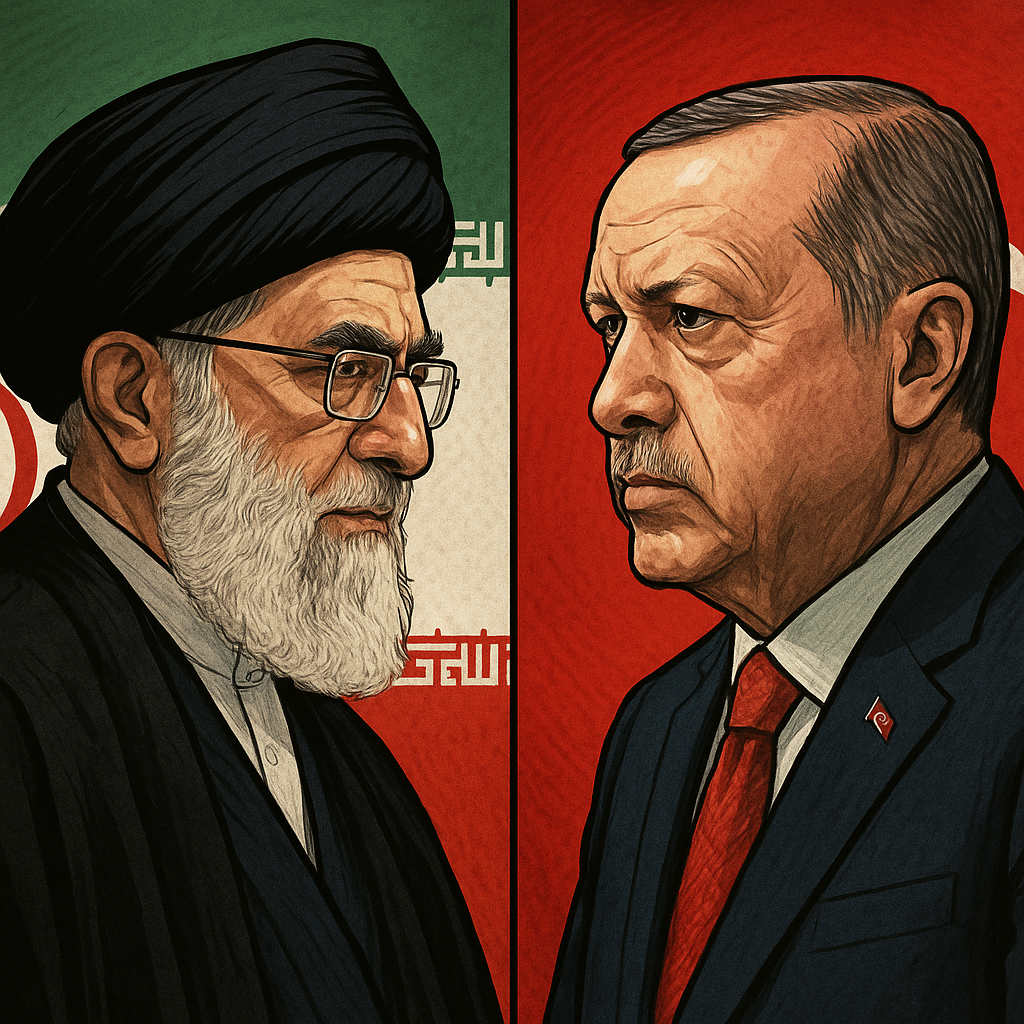Comparing the Leadership Structures of Iran and Turkey — And How They Shape National Policy
In the Middle East, two nations stand out for their political influence, distinct governance models, and bold foreign policies: Iran and Turkey. Both countries are regional powerhouses, rich in history, culture, and geopolitical importance. Yet their leadership structures couldn’t be more different, and those differences have a direct impact on how policies are made — from the economy and education to diplomacy and national security.
So how do these two systems function? And what can we learn by comparing their approaches to leadership and decision-making?
Iran: A Theocracy with Layers of Power
Iran’s political system is unique in the modern world — it combines republican elements (like elected officials) with deeply entrenched religious authority.
At the top of the hierarchy is the Supreme Leader, currently Ayatollah Ali Khamenei. He holds ultimate authority over all branches of government, the military, judiciary, media, and even foreign policy. Beneath him are:
- The President, elected by the people every four years
- The Guardian Council, which vets candidates and can veto laws
- The Parliament (Majlis), which passes legislation
- And the Assembly of Experts, which technically oversees the Supreme Leader — though in practice, this oversight is limited
What does this mean for policy? In Iran, no major decision bypasses religious oversight. Even if the elected president wants to pursue reforms — say, economic liberalization or improved Western relations — those efforts can be blocked or undone by unelected clerics.
This centralized, theocratic system ensures ideological consistency, but it also leads to friction between reformist and conservative factions. As a result, policies are often cautious, reactive, and shaped more by internal political balance than public demand.
Turkey: A Presidential Republic with Expanding Executive Power
Turkey, by contrast, is a secular republic — but one that has evolved dramatically in recent years under the leadership of President Recep Tayyip Erdoğan.
Historically, Turkey operated under a parliamentary system, with a prime minister serving as head of government. That changed in 2017, when a national referendum approved a shift to a presidential system. Now, the president is both head of state and government, with broad control over the cabinet, appointments, and the national budget.
Key players include:
- The President, directly elected and extremely powerful
- The Grand National Assembly, which passes laws but has limited power over the executive
- The Judiciary, which is technically independent but often criticized for lacking autonomy under Erdoğan’s rule
This system has enabled fast and centralized decision-making, especially in areas like infrastructure development, military action, and regional diplomacy. But it’s also drawn criticism for weakening democratic checks and balances, silencing dissent, and shrinking media freedom.
Unlike Iran’s clerical dominance, Turkey’s leadership is driven by political ideology, nationalism, and increasingly personalist rule.
Policy in Practice: Where Structure Meets Strategy
To understand how these different systems affect real-world decisions, consider three key areas:
1. Foreign Policy
Iran’s foreign policy is heavily influenced by its religious identity and strategic priorities. The Supreme Leader sets the tone — often one of resistance to Western influence, strong ties with non-Western allies (like Russia and China), and support for regional proxies like Hezbollah.
Turkey, on the other hand, adopts a more pragmatic, transactional approach. Erdoğan’s policies often shift to suit short-term goals: negotiating with Russia and NATO simultaneously, balancing relations with the EU, and acting assertively in Syria and Libya.
In short: Iran’s foreign policy is doctrinal; Turkey’s is strategic.
2. Economic Strategy
Iran’s economy is heavily sanctioned, and its leaders often rely on self-sufficiency rhetoric. Policy shifts are slow, partly due to religious constraints and internal political tug-of-war.
Turkey faces no such religious oversight. It has adopted bold economic experiments, from rapid infrastructure expansion to unorthodox monetary policies (like Erdoğan’s preference for low interest rates despite high inflation). While these policies are risky, they also reflect the agility and dominance of the executive branch.
Iran’s policies are shaped by ideology and isolation. Turkey’s are shaped by ambition and central control.
3. Public Freedoms and Governance
In Iran, press freedom and civil liberties are restricted, particularly when it comes to criticizing religious authority. Elections are held, but candidates are pre-screened by religious bodies.
In Turkey, the space for opposition has shrunk, especially after the 2016 coup attempt. Erdoğan’s government has jailed journalists, purged civil servants, and used emergency powers to consolidate control. While technically a democracy, Turkey increasingly resembles a managed or illiberal democracy.
Both countries struggle with dissent — but for different reasons and under different banners.
Two Models, One Region
Both Iran and Turkey use centralized leadership to navigate regional instability and internal pressure. But while Iran’s system is built on religious legitimacy, Turkey’s power structure has evolved toward strongman politics under an executive presidency.
The impact on policy is clear:
- Iran moves cautiously, with deep ideological roots guiding every step
- Turkey moves fast, often reshaping policies to fit short-term goals or Erdoğan’s vision
Neither model is without flaws. But both demonstrate how leadership structure directly influences how a country governs, reforms, and engages with the world.
Final Thoughts
In an age of global crises — from economic shocks to regional conflict — leadership matters. And how leaders rise, rule, and respond is shaped not just by their personalities, but by the systems that empower them.
Whether it’s Iran’s religious hierarchy or Turkey’s presidential concentration of power, understanding these structures is key to understanding why these nations act the way they do — and where they might be heading next.
Author:
Remedy Talks Editorial Team
Analyzing global leadership, one structure at a time.
